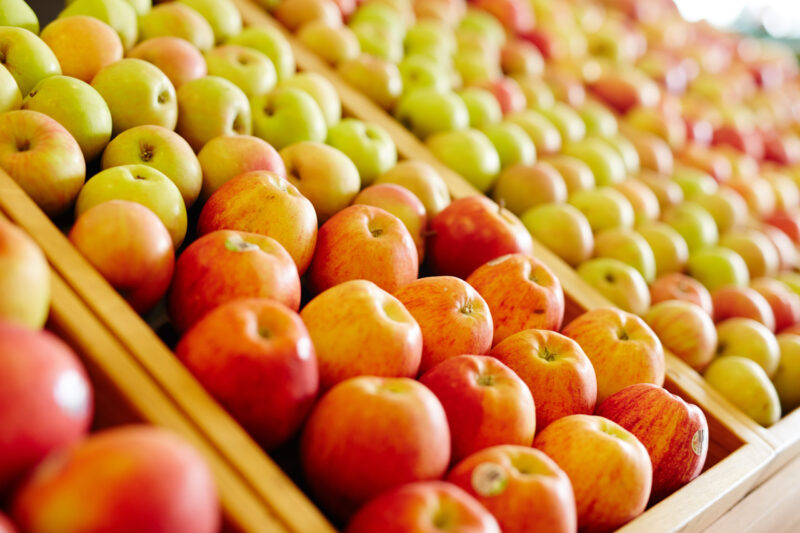
Accessibility to nutritious, affordable, high quality food has long been a challenge in low income and rural areas across the US.1 In the midst of the COVID-19 pandemic, these challenges may be magnified. Everything from demand for staple goods to supply chain challenges and widespread furloughs have hit all communities, but low income families, the elderly, and children are especially vulnerable to what has become an increasingly pervasive state of food insecurity.1
A “food desert” is defined as an area in which a significant portion of the population has limited access to healthy foods; in urban areas, this means living more than a mile from the nearest supermarket, or in rural areas, 10 miles away.2 The poverty rate in these communities is 20% or greater, or the median-family income is below or equal to 80% of the statewide median family income.2 An estimated 39 million people, or 12.8% of the US population, lived in “low income and low access areas” in 2015.2 During the COVID-19 pandemic, food accessibility challenges have grown even more widespread. Demand has spiked at food banks and pantries across the country, driven in part by the rise in unemployment.1
Living in a food desert can increase the risk of developing diet-related health conditions and chronic diseases such as obesity.3 The World Health Organization has estimated that low fruit and vegetable intake is a cause of approximately 16 million disability-adjusted lost years of life (1% of the overall total) and 1.7 million deaths (2.8% of all deaths) worldwide each year.4
Local farmers markets, however, can serve as community-level interventions, bringing healthy food options to food deserts, and they are viewed as just one way to begin addressing the nation’s chronic health problems.5 Farmers markets can be purposefully developed in communities with high rates of poverty, communities of color, and/or communities with limited access to healthy foods.3 Studies show promising results. One systematic review indicated the positive effects of fruit and vegetable intake in the prevention of several chronic diseases, including type 2 diabetes, chronic inflammatory bowel disease, rheumatoid arthritis, chronic obstructive pulmonary disease, asthma, and more.6 In another study, low income diabetic shoppers increased their fruit and vegetable intake by 1.6 servings per day using an incentive program based at a farmers market located at a health center.7
Jeffrey Geller, MD, a Functional Medicine clinician who has been a pioneer in conducting group medical visits, is passionate about delivering care and nutrition to underserved communities. Many people in these communities tend to prioritize “having food” over the “quality of that food,” explained Dr. Geller. As well, due to the nature of food stamp programs, people lean toward purchasing non-perishable foods that will last a long time. This is often at the expense of purchasing produce, which has a shorter shelf life. To help address this access problem, in 1997, Dr. Geller co-created a community garden behind his health center in Lawrence, MA. Later, a nonprofit called Groundwork Lawrence built formal community gardens and open spaces for residents there, helping to bring extra vegetables from farmers markets to the city.
Members Only Content
To continue reading please subscribe to WellnessPlus by Dr. Jess MD
Be your own best doctor with our comprehensive suite of online health coaching tools.
